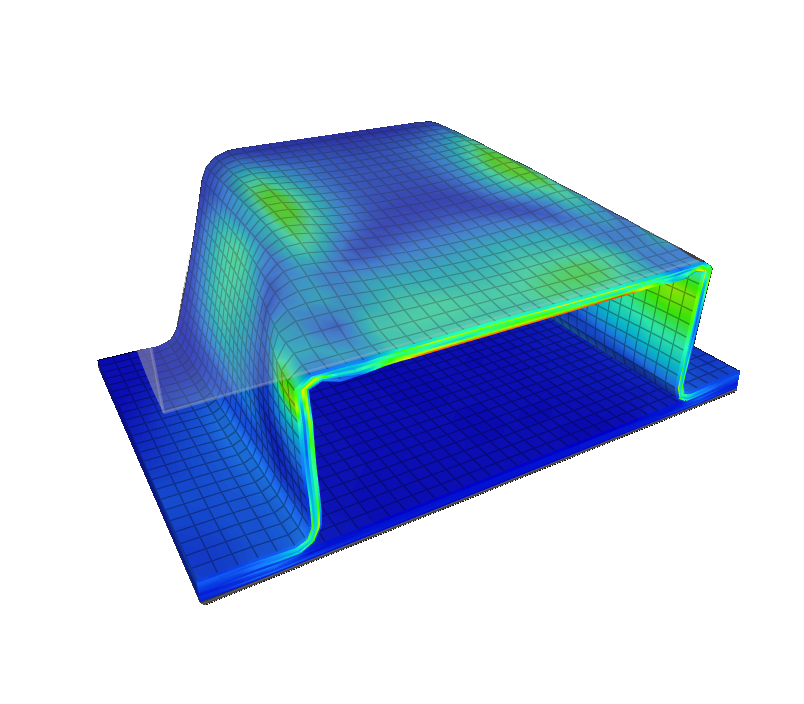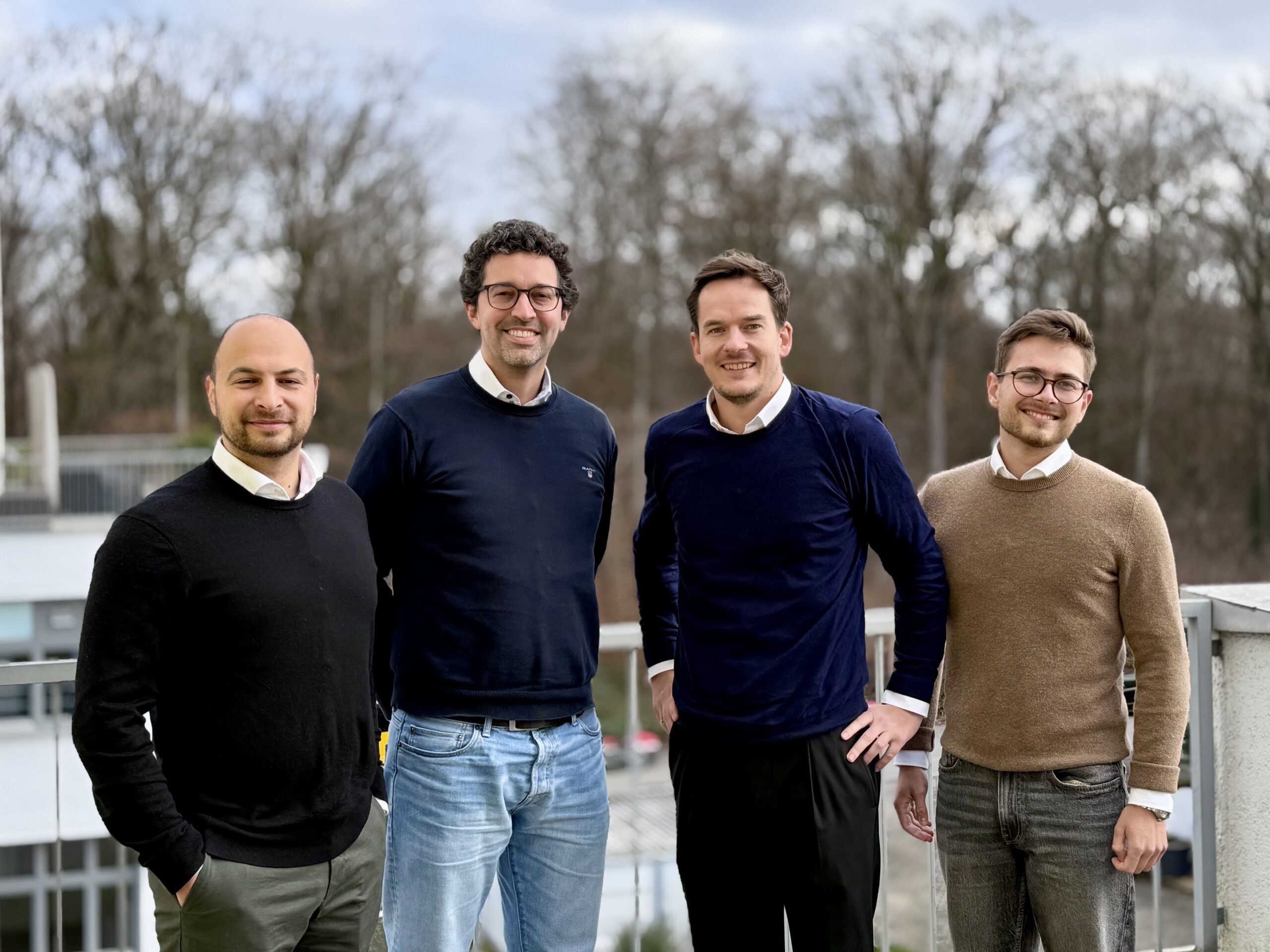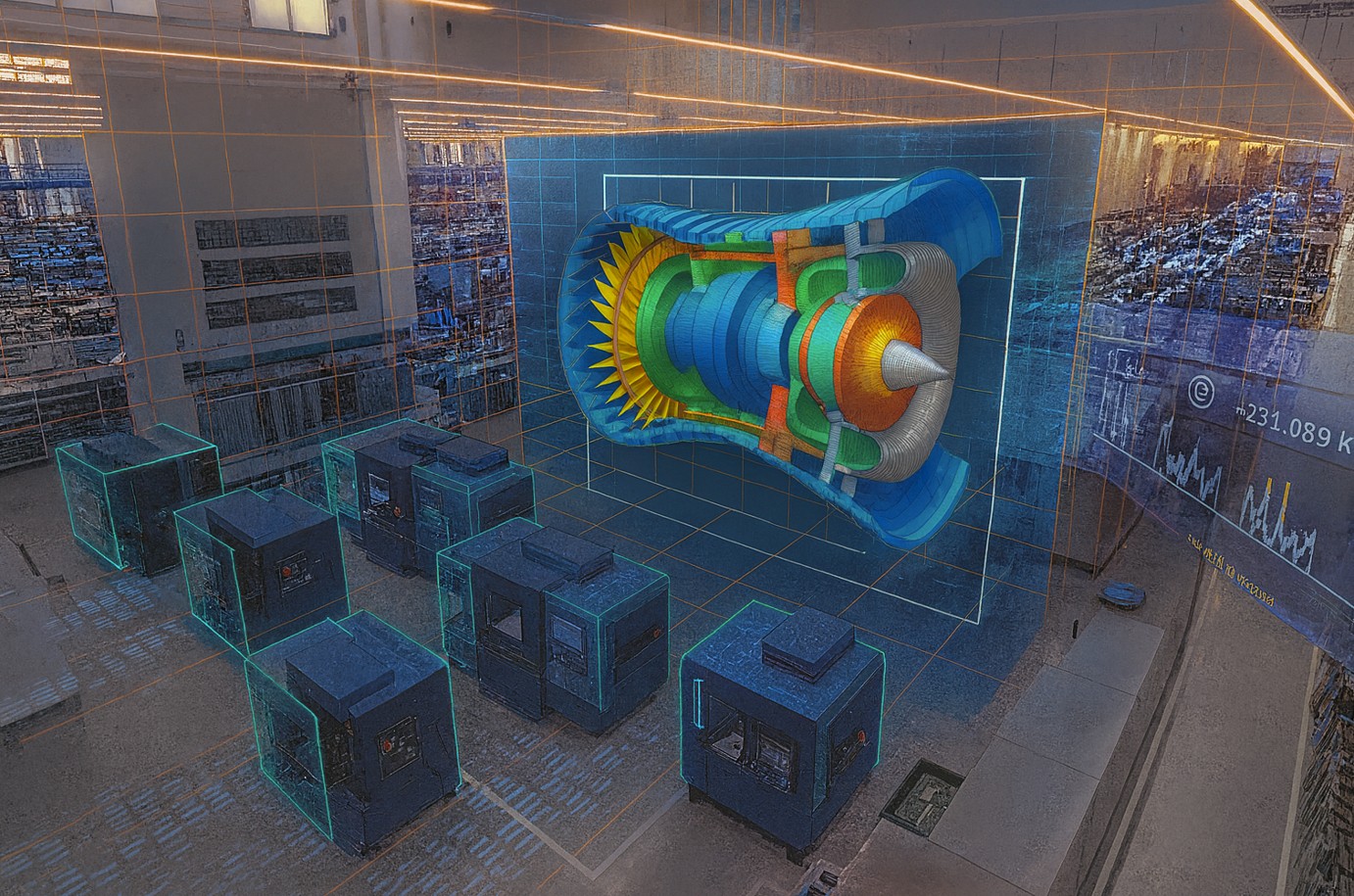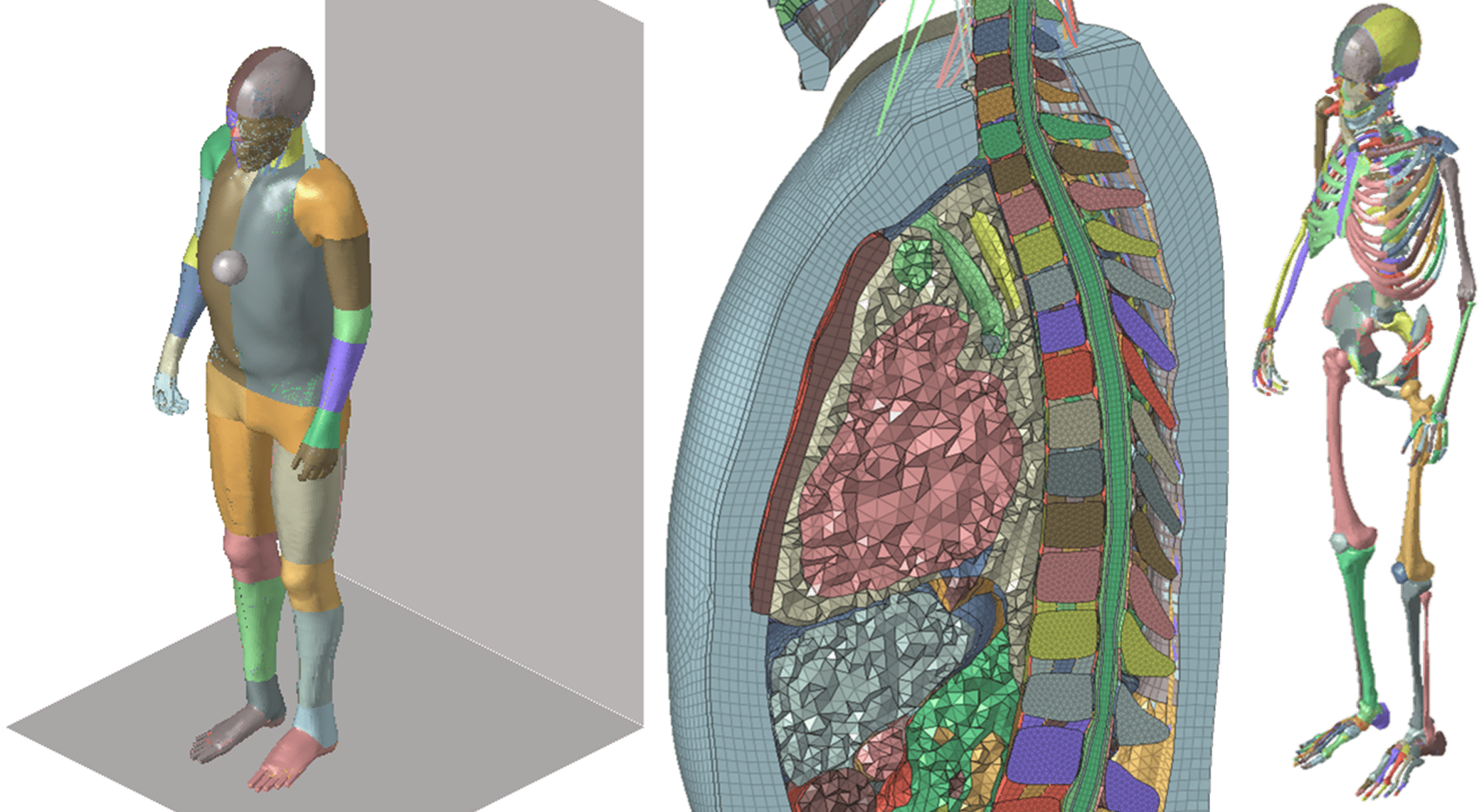Structural Finite Element Analysis in Brief
Structural FEA (Finite Elemente Analysis) is a computer-aided engineering method used to predict how structures behave under various loads, constraints, and environmental conditions.
By discretizing a component or assembly into finite elements, engineers can simulate stresses, strains, and deformations with high accuracy.
It is a core tool for mechanical, civil, and aerospace engineers to validate designs, improve performance, and ensure compliance with industry standards before physical prototyping.
Typical Goals and Targets in Structural Engineering Analysis
The primary goals of structural FEA are to ensure structural integrity, optimize material usage, and predict failure modes before manufacturing. Engineers use it to verify that parts meet strength and stiffness requirements, avoid excessive deflection, and maintain safety factors under expected load cases. It also supports fatigue life estimation, buckling prevention, and vibration control. By simulating real-world conditions virtually, companies can shorten development cycles, reduce costs, and improve product reliability.
Core Modeling Dimensions in Structural FEA
Structural FEA can be performed as either linear or nonlinear analysis. Linear FEA assumes small deformations, constant material properties, and linear boundary conditions, making it faster and suitable for early design checks. Nonlinear FEA captures effects such as large deformations, plasticity, contact, and material failure, providing more realistic results for complex load cases. Choosing between the two depends on accuracy requirements and computational resources.
Structural FEA can operate in static (time-independent) or transient (time-dependent) modes. Static analysis is used for steady loads such as constant weight or pressure, while transient analysis captures time-varying events like impacts, vibrations, or load ramps. Engineers select transient analysis when load history significantly influences the results, such as in shock loading or startup sequences.
Structural FEA often uses implicit solvers for static, modal, and slow transient problems due to their stability with larger time steps. Explicit solvers are preferred for high-speed events like crash or impact simulations, where small time steps are acceptable for capturing rapid dynamics. The solver choice directly impacts computation time, stability, and the ability to model severe nonlinearities.
Structural FEA supports a wide range of material models from linear elastic to complex nonlinear laws. Common options include plasticity for metals, hyperelasticity for rubbers, and viscoelasticity for polymers. Advanced material models can capture creep, fatigue degradation, and damage initiation, which are essential for life prediction and safety assessments.
Engineers can model structures using 3D solid elements, 2D shell elements for thin-walled parts, or 1D beam/truss elements for slender members. Choosing the right element type impacts accuracy, run time, and model complexity. Hybrid models often combine multiple element types for optimal efficiency and fidelity.
Structural FEA can be coupled with other physics domains such as thermal analysis (thermo-mechanical), fluid-structure interaction (FSI), or electromagnetic-structural coupling. For example, thermal expansion studies require importing temperature fields from a thermal simulation, while FSI integrates pressure loads from CFD into the structural model. Coupled analysis increases realism but also model complexity.
Most structural FEA is deterministic, assuming fixed inputs for loads and material properties. However, probabilistic analysis introduces variability to account for manufacturing tolerances, load uncertainties, and material scatter. This approach supports reliability engineering by predicting performance across a range of possible scenarios.
FEA can be 1D, 2D, or 3D depending on problem complexity and symmetry. 2D plane stress or plane strain models reduce computation for long, thin, or axisymmetric geometries. Full 3D models are used for complex parts with irregular geometries or loading conditions.
Structural FEA can be solved in the frequency domain for modal, harmonic, or random vibration analyses. This approach is ideal for studying resonance, vibration isolation, and fatigue under oscillatory loads. Time-domain solutions are better for non-periodic events such as impacts or step loads.
Structural FEA integrates with design optimization tools for weight reduction, topology optimization, and shape refinement. Automation through parametric studies and design-of-experiments (DOE) accelerates design space exploration and supports decision-making based on performance trade-offs.
Large structural FEA models often require iterative solvers for computational efficiency, especially in high DOF (degrees of freedom) problems. Direct solvers are still used for smaller, well-conditioned systems where accuracy per step is critical.
Most structural FEA uses continuum mechanics, but discrete methods such as cohesive zone models or discrete fracture approaches are used for simulating crack growth, delamination, or joint failure. Hybrid approaches may combine continuum models for bulk material with discrete elements for failure zones.
Typical Mistakes in Structural Finite Element Analysis and How to Avoid Them
Common mistakes in structural FEA include poor mesh quality, unrealistic boundary conditions, and incorrect material properties. Over-simplification can lead to underestimating stresses, while over-complication can cause excessive computation times without improving accuracy. To avoid these issues, always perform mesh convergence studies, validate assumptions with simpler models, and cross-check results with experimental data or analytical calculations.
Use Cases for Structural Finite Element Simulation
Design Verification of Load-Bearing Components
Structural Engineering Simulation ensures beams, frames, and housings can withstand expected service loads with adequate safety factors. This prevents structural failures and reduces the need for costly physical prototypes.
Lightweighting of Automotive and Aerospace Structures
By optimizing material choice and placement and geometry, Structural Finite Element Modeling enables engineers to reduce weight while maintaining performance. This is crucial for improving fuel efficiency and meeting stringent emissions regulations.
Predicting Failure Modes in Complex Assemblies
FEA can identify potential failure points in welded frames, bolted joints, or composite structures. Early detection allows engineers to reinforce designs before production, reducing warranty costs and improving product reliability.
Learn more about our portfolio of Structural Engineering Services
Structural Simulation – Frequently Asked Questions
Structural simulation analysis is a virtual engineering method used to predict how a part or assembly responds to forces, pressures, temperatures, and other real-world conditions. It helps engineers evaluate strength, stiffness, and safety before manufacturing. By simulating designs early, companies can reduce development costs, shorten timelines, and avoid costly design mistakes.
Physical testing measures performance on a real prototype, while simulation predicts performance using mathematical models and computer calculations. Simulations can be run much earlier in the design process and allow rapid iteration without building multiple prototypes. In most projects, simulation and testing are used together – simulation to guide design, testing to validate the final result.
It can address static stress and deflection, vibration and resonance, buckling stability, fatigue life, impact resistance, and thermal expansion effects. Structural simulation is widely applied in automotive, aerospace, consumer products, and civil engineering to ensure products meet safety and performance targets.
Popular commercial FEA tools include ANSYS Mechanical, Abaqus, Nastran, and COMSOL Multiphysics. Open-source or entry-level options like CalculiX and Code_Aster are also used in certain industries. The choice depends on the complexity of the analysis, required material models, solver capabilities, and integration with CAE.
Accuracy depends on input quality, modeling assumptions, and solver settings. High-fidelity simulations with validated material data and realistic boundary conditions can achieve excellent correlation with physical tests. However, overly simplified models, poor mesh quality, or incorrect load definitions can lead to misleading results. Verification and validation are essential steps.
Linear analysis assumes small deformations, constant material properties, and unchanged contact conditions – making it faster but less realistic for complex load cases. Nonlinear analysis accounts for large deformations, plasticity, and contact changes, providing more accurate predictions in real-world scenarios like crash events or forming processes. The choice depends on the expected behavior of the structure.
Implicit solvers are best for static and slow transient problems due to their stability with larger time steps. Explicit solvers are ideal for high-speed events, such as impact or crash, where small time steps are acceptable. Experienced analysts sometimes combine both, running an implicit model for static loading and explicit for short-duration dynamic events.
Some recurring issues include over-constraining models, not performing mesh convergence studies, using overly coarse or uniform mesh, and assuming material isotropy when anisotropy matters (e.g., in composites). Another frequent oversight is neglecting manufacturing-induced residual stresses, which can affect fatigue life predictions.
FiniteNow.com offers instant quoting for structural analysis projects, removing the usual wait time for proposals. A scalable team of highly experienced FEA engineers ensures projects are handled by domain experts, whether small or large. By working with a network of pre-audited simulation providers, FiniteNow can deliver competitive pricing without compromising quality, making it ideal for companies with fluctuating simulation workloads or in need of niche expert advice and consulting.
In advanced nonlinear analyses, stability is managed through careful time step control, load incrementation, and convergence tolerance tuning. Techniques like automatic time stepping, line search algorithms, and adaptive meshing can improve solver robustness. Expert analysts also monitor energy balance (strain energy vs. contact energy) and use substepping or arc-length methods when solving post-buckling or snap-through problems. These are all techniques we can over at FiniteNow.
For high-fidelity FEA, material models must be validated with test data covering the relevant strain rates, temperatures, and loading paths. In anisotropic or composite materials, multiple coupon tests (tensile, shear, compression) in different orientations are used to calibrate orthotropic stiffness matrices. For rate-dependent behavior, split Hopkinson bar tests or dynamic tensile testing provide input for viscoplastic or strain-rate sensitive models, ensuring simulation predictions remain accurate under extreme conditions.
Yes – FiniteNow’s network includes specialists in coupled simulations such as thermo-mechanical FEA, fluid-structure interaction, and vibration-acoustic analysis. For advanced cases, project managers match your job with engineers experienced in the exact solver, material model, and industry standards needed. The scalable resource model ensures even large, multi-month projects are delivered on time without sacrificing accuracy or technical depth.
Start Now! It will only take 12 minutes
It has never been faster, easier and more cost effective to get a quotation for your structural simulation needs:





